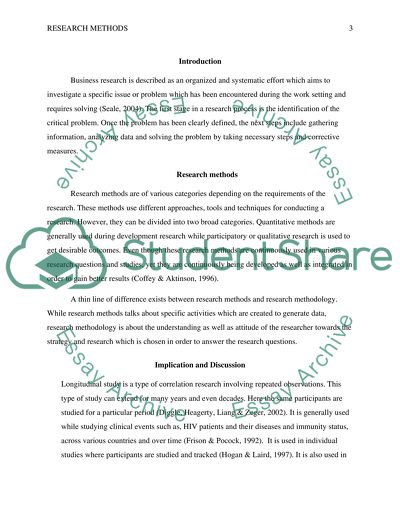Cite this document
(Six Research Methods, Advantages, and Disadvantages of the Qualitative Paper, n.d.)
Six Research Methods, Advantages, and Disadvantages of the Qualitative Paper. Retrieved from https://studentshare.org/sociology/1492964-comparison-six-research-methods
Six Research Methods, Advantages, and Disadvantages of the Qualitative Paper. Retrieved from https://studentshare.org/sociology/1492964-comparison-six-research-methods
(Six Research Methods, Advantages, and Disadvantages of the Qualitative Paper)
Six Research Methods, Advantages, and Disadvantages of the Qualitative Paper. https://studentshare.org/sociology/1492964-comparison-six-research-methods.
Six Research Methods, Advantages, and Disadvantages of the Qualitative Paper. https://studentshare.org/sociology/1492964-comparison-six-research-methods.
“Six Research Methods, Advantages, and Disadvantages of the Qualitative Paper”, n.d. https://studentshare.org/sociology/1492964-comparison-six-research-methods.


